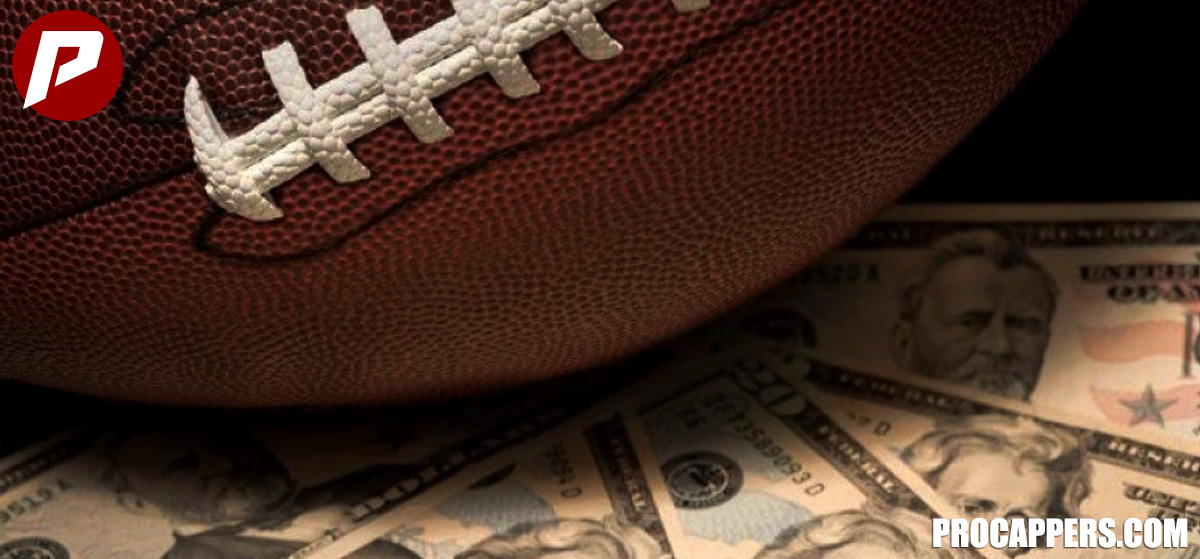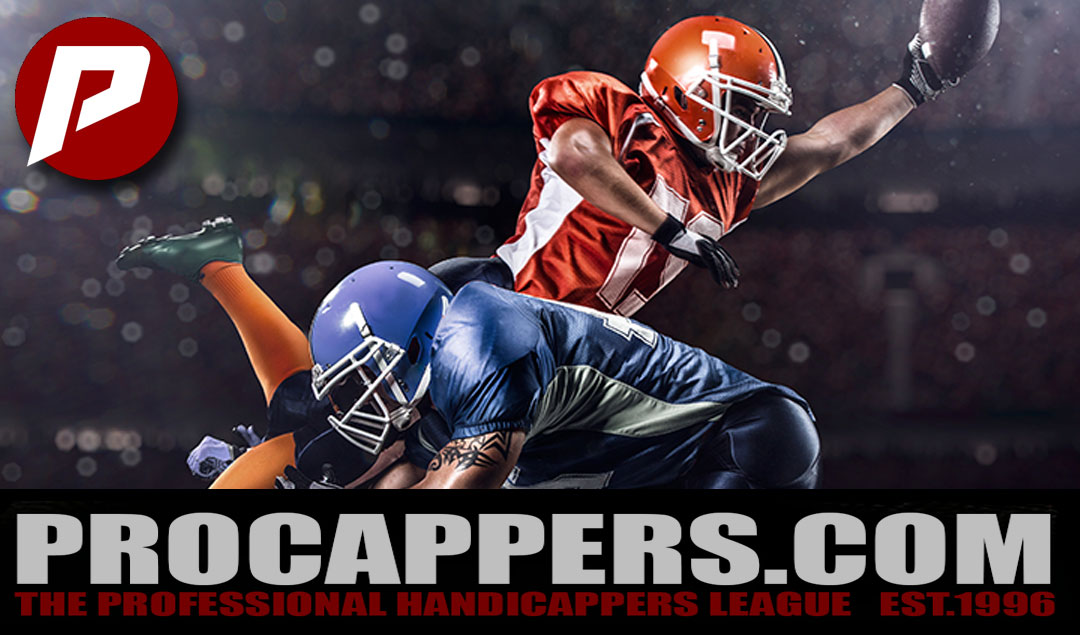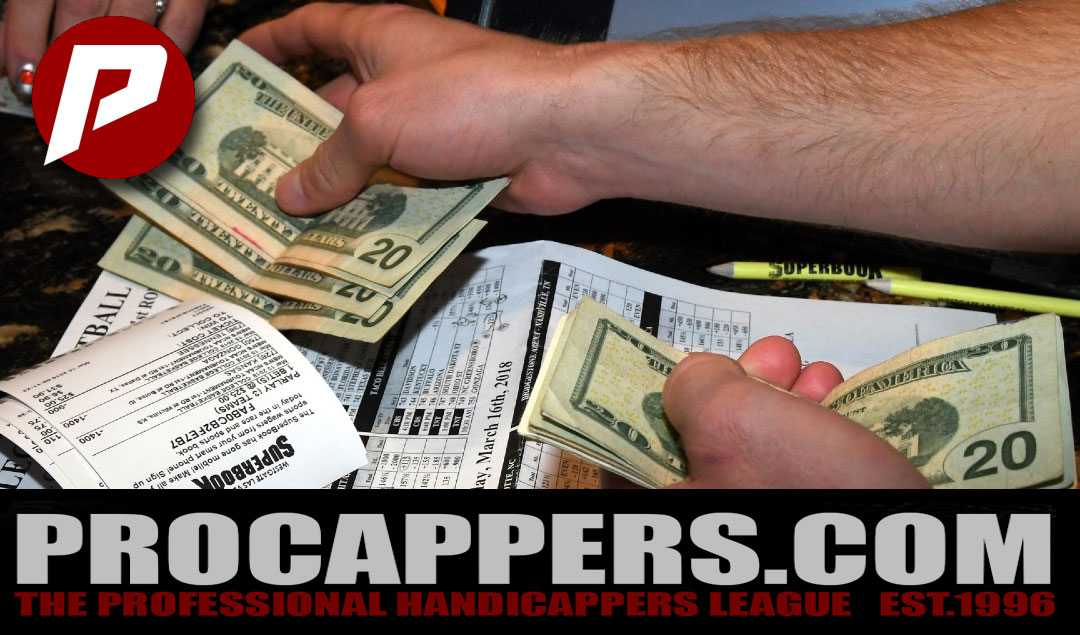
NFL Spreads & Money Line Value
The money line is still a big part of the gambling landscape in hockey, baseball, soccer and other sports where a point spread is not feasible or popular. In "spread sports" like football and basketball, the money line is more uncommon. However, it exists and when used properly it is one of the most powerful tools in the arsenal of professional gamblers. In this article we will introduce the basics of understanding value in money lines how we use point spreads to help us identify that value. To do that we must first understand the concept of "implied probabilities".
What are Implied Probabilities?
What are the odds of flipping a coin and having it land heads up? 50%. This is an "implied probability", meaning, as long as there are only two available outcomes, as long as the coin used is evenly engineered and as long as there is no malice on the part of the "flipper", the odds of coming up heads or tails can ONLY be 50%. To break even on the implied probabilities of a coin flip, betting heads or tails, a player would need even money.
Rolling a 6 (or any pre-determined number) on a single roll of a die has a one in 6 chance of happening, or 16.67%. Again, this 16.67% chance is referred to as an implied probability. Assuming it is a 6 sided die, evenly engineered and thrown without malice. A player betting on the number to be rolled would need odds of +500 to break even over time on an implied probability of 16.67%, since he would theoretically win only once in every 6 throws. Likewise, betting against the number to be rolled would require odds of -500 to break even, since the player would theoretically lose once in every 6 throws on an implied probability of 83.33%, which are the chances of any of the other 5 numbers being rolled.
Of course, bettors don't get to make even money bets against the house. A bookie taking action on a coin flip would likely post odds of -106 on both heads and tails and a bookie taking action on the dice roll would likely offer odds on rolling the number at +450 and against the roll at -550, ensuring a tidy commission for himself. Vegas was built in large part offering poor value bets to their customers.
However, assigning implied probability to an athletic competition is not as cut and dried as identifying implied probabilities on the flip of a coin or the roll of a dice. There is a vast amount of variables both known and unknown. Teams are not "evenly engineered" and malice with regards to the outcome is fairly common. Therefore, there is no certainty, numerical truths, or absolute implied probability for the outcome of such events. A sharp handicapper can exploit these variables and unknowns.more on that later.
In the early days of football and basketball wagers were placed on the money line, just like baseball. There was no such thing as "point shaves". In those days, they had to actually "throw the game" (lose) to cash in and they did so often. Setting "the line" was much riskier business, as the odds makers of the day had to base their numbers on the likelihood of a team actually winning a given event, basing their opening lines on their own implied probabilities.
The point spread was invented to combat this uncertainty and allow bookmakers a better opportunity to secure their commission based solely on their ability to balance their own books. It matters not which team wins and by how much as long as a book has even, or near even money on both sides. Arriving at the numbers which best serve to split public opinion has become a science and those who do it best make nice livings as odds makers and bookmakers. However, understanding these new numbers also left windows open for sharp handicappers with a strong grasp on implied probabilities to exploit. The first step in exploiting money lines is understanding how to identify value.
Identifying Value in a Money Line
The first step in identifying value in an NFL money line is to understand the implied probability of your handicap. Simply put, what are the chances that Team A wins the game outright. Check out this NFL Point Spread Conversion Table, which is a handy reference that breaks down the historical percentage of wins by NFL teams by point spread. We can see on this chart, for example, that NFL favorites of -3.5 have won straight up at a rate of 64.4%.
| Point spread | Favorite Win% | Underdog Win% |
|---|---|---|
| 3.5 | 64.40% | 35.60% |
That's a good piece of information to have, even if you don't see any value in the point spread itself. We now have the implied probabilities of our team to win over time. We can now cross reference those implied probabilities with our Moneyline Break Even Chart and we can see that the breakeven point for our -3.5 point favorite (with an implied probability of 64.4%) is roughly -180.
| Favorites | Underdogs | ||
|---|---|---|---|
| Line | Win % (implied probabilities) | Line | Win % (implied probabilities) |
| -185 | 64.91% | 185 | 35.09% |
| -180 | 64.28% | 180 | 35.72% |
Now we can shop for lines in search of value armed with the right information. For example, if you are on-line betting you can make money line wagers on NFL Football. If a -3.5 point favorite is going off at a number better than -180 then there is potential value in that line based on implied probabilities. A line of -170 represents value of 1.5% in your favor, which is roughly the commission taken by books who offer a -106 line on even money propositions. So a line of -170 (or higher), for example, offers value on a -3.5 point NFL favorite to win the game straight up, and is a decent VALUE BET on the money line, whereas a line of -180 is a "kiss your sister" waste of time and a line of -185 (or lower) is a bad line and a SUCKER BET.
The point spread will always be the most popular way to bet on NFL football, but using point spreads to find implied probability is a powerful way to uncover NFL money line value bets.
Articles & Previews
See All
Why Winning Bettors Trust ProCappers, Turning Picks Into Long Term Profit
Posted Sunday, January 4, 2026

NFL Slate Breakdown: Smart Betting Strategies for This Weeks Matchups
Posted Saturday, December 27, 2025

Smart Sports Betting - How to Build a Winning Strategy Over Time
Posted Tuesday, December 23, 2025

NCAAB Betting Tips and Expert Picks | Get 20 Free Credits at Procappers
Posted Wednesday, December 17, 2025
Hot Handicappers
Yesterday
-
 Zhou Wei
$10,340
Zhou Wei
$10,340
-
 BG Sports
$6,650
BG Sports
$6,650
-
 Matt Moorhead
$5,080
Matt Moorhead
$5,080
-
 Jimmy McGuire
$4,750
Jimmy McGuire
$4,750
-
 Jay Marriucci
$3,550
Jay Marriucci
$3,550
Last 7 Days
-
 Eduardo Costa Verez
$8,290
Eduardo Costa Verez
$8,290
-
 Lou Barry
$4,580
Lou Barry
$4,580
-
 Zhou Wei
$2,940
Zhou Wei
$2,940
-
 Big Mac O'Reilly
$2,510
Big Mac O'Reilly
$2,510
-
 Matt Moorhead
$2,150
Matt Moorhead
$2,150
Last 30 Days
-
 Steve Miller
$45,370
Steve Miller
$45,370
-
 George Smeader
$42,310
George Smeader
$42,310
-
 Lou Barry
$41,790
Lou Barry
$41,790
-
 Eduardo Costa Verez
$38,520
Eduardo Costa Verez
$38,520
-
 Zhou Wei
$33,540
Zhou Wei
$33,540